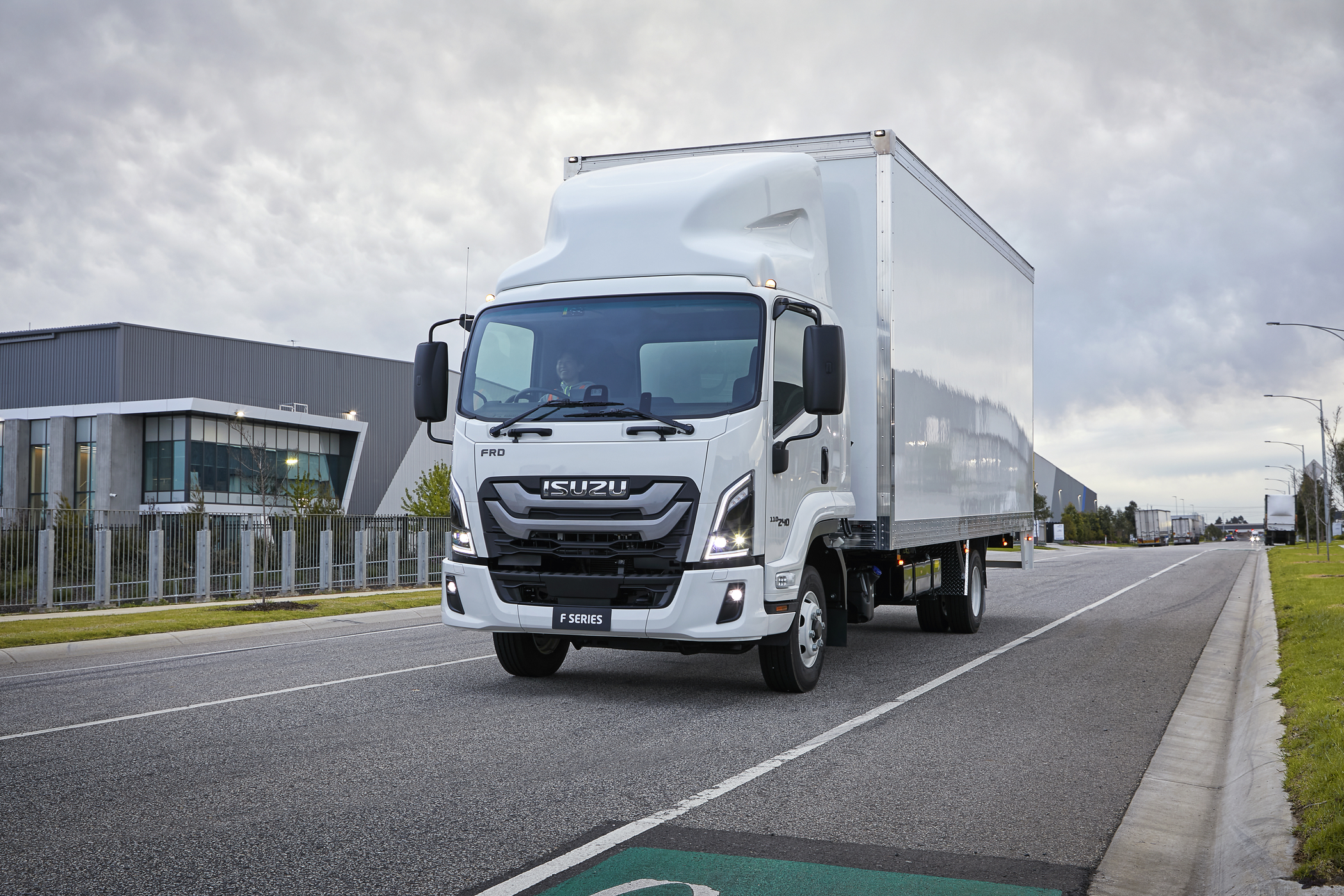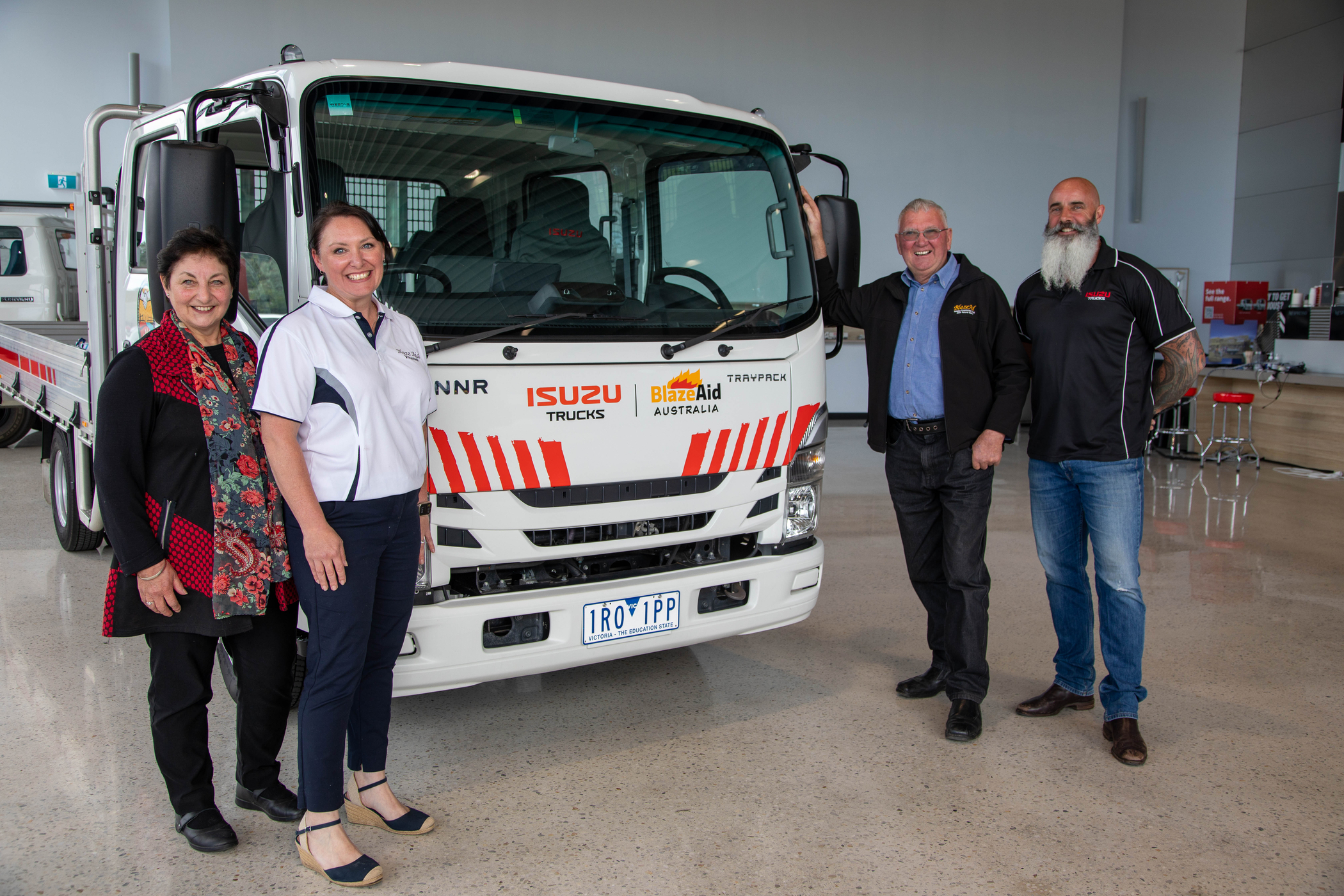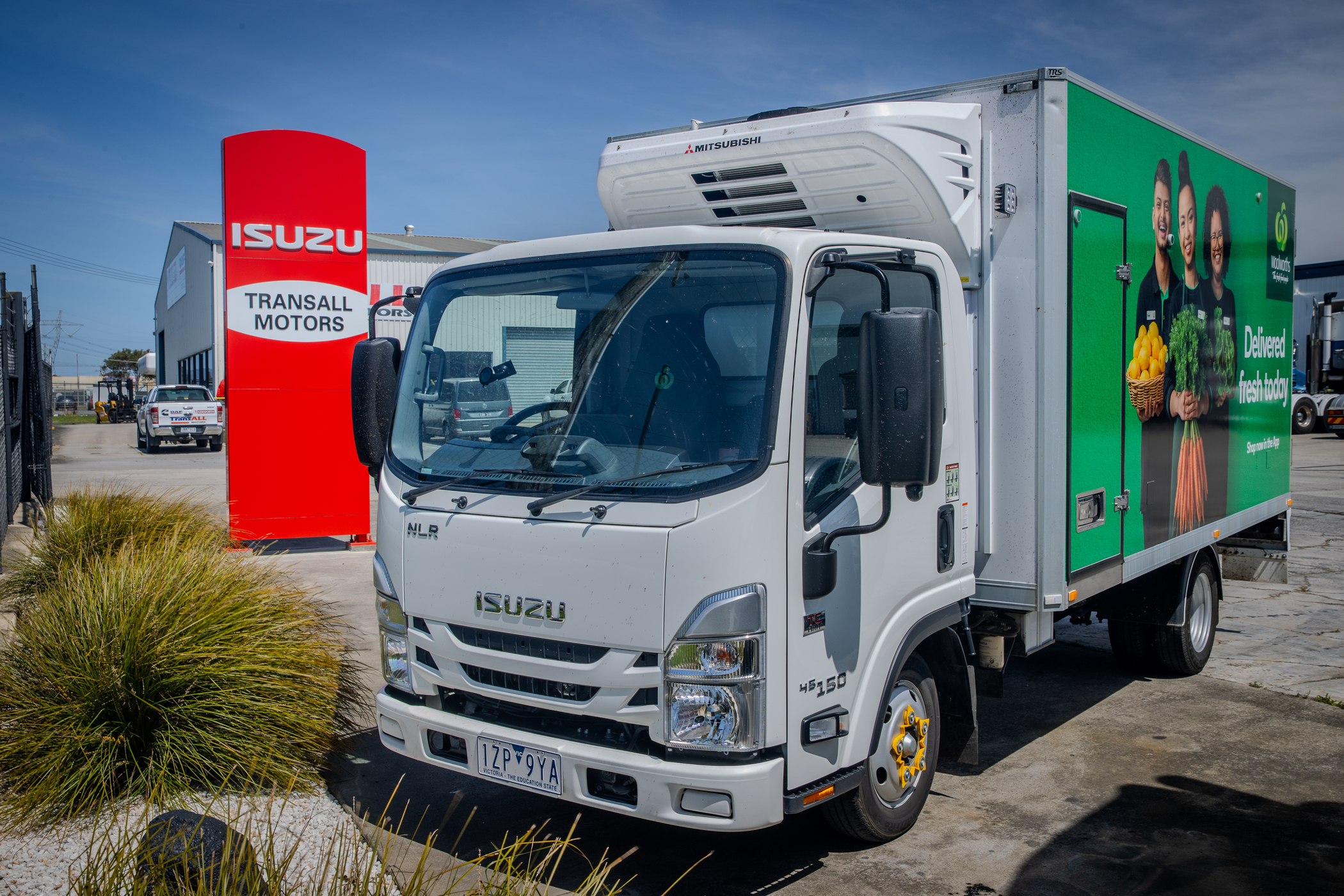AUSTRALIA’S STATE OF WASTE
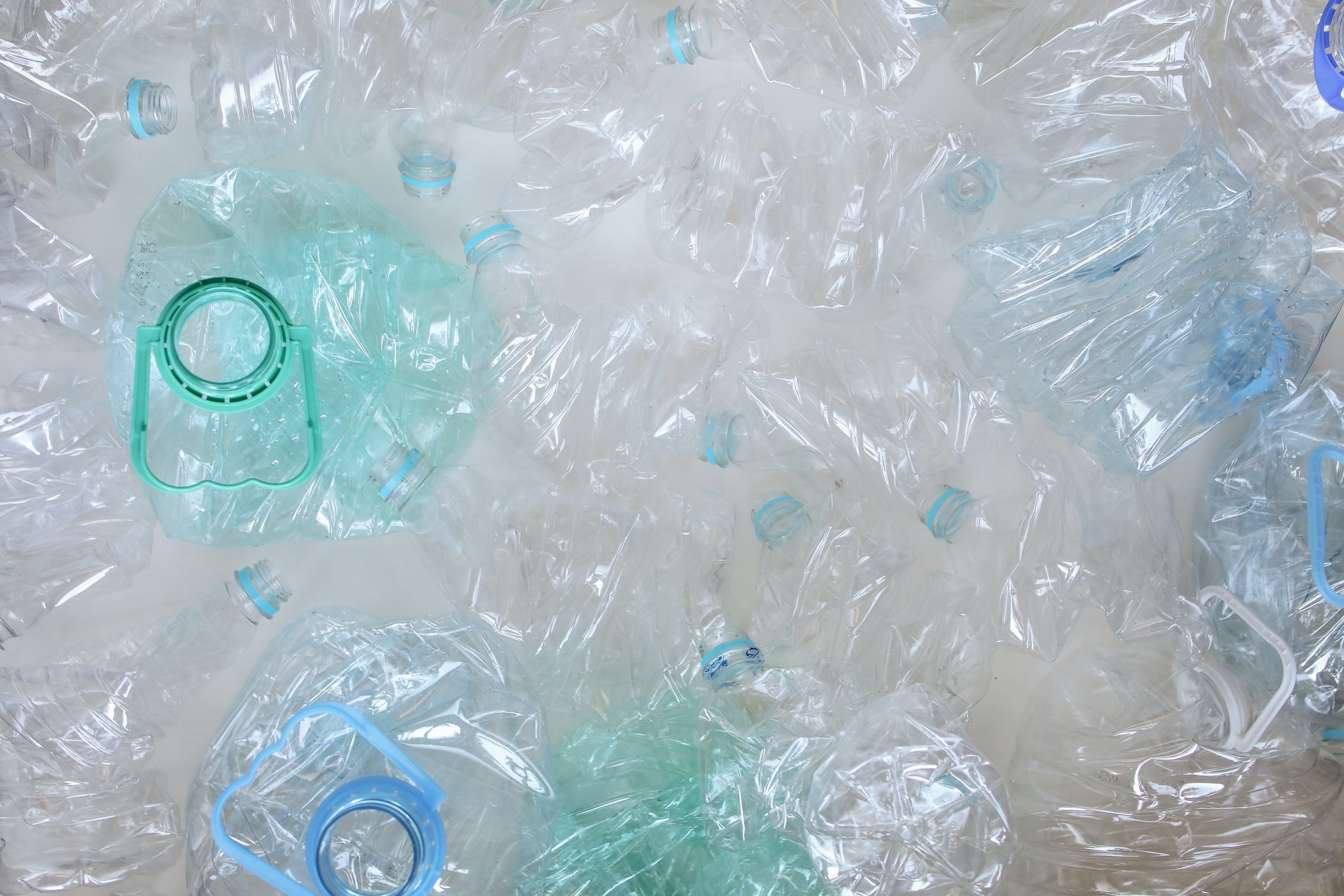
Big number business
According to the most recent figures, leading the waste production cycle in Australia is the construction and demolition industry, reportedly producing up to 27 million tonnes (mt) in 2018-19 alone. This is followed by commercial industries producing around 21 mt and lastly, Council waste collection equating to 12.6 mt, according to the Department of Agriculture, Water and Environment (DAWE) Annual Waste Report 2020. This report also notes that collectively, Australians generated up to 74 mt of waste during 2018–19—a 10 per cent increase on 2016–17.
By way of the break-up between landfill and recycling, according to the Australian Bureau of Statistics, approximately 38.5 mt was sent for recycling, with 20.5 mt sent to landfill.
This report also notes that collectively, Australians generated up to 74 mt of waste during 2018–19—a 10 per cent increase on 2016–17.
By way of the break-up between landfill and recycling, according to the Australian Bureau of Statistics, approximately 38.5 mt was sent for recycling, with 20.5 mt sent to landfill.
The waste goes where?
Waste within Australia is generally sectioned up into several broad categories: plastics, recyclables, organics and hazardous waste. This means cardboard, bottles, glass, batteries, food scraps, yard trimmings, paper, metal… the list is seemingly endless. With all this going on, it’s no surprise that the waste management industry in Australia generates up to $8 billion dollars annually. On the home front, Aussie households spend approximately $1.6 billion annually having waste collected and removed from properties.Bi-partisan approach
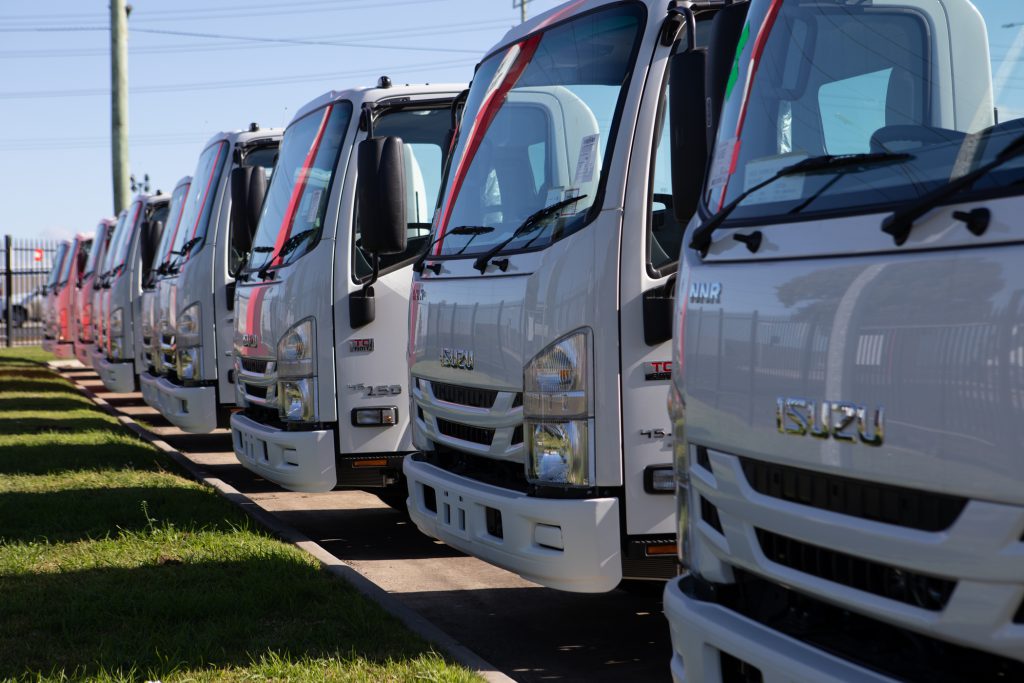 In more recent times, there’s been much more of a focus on the ‘circular economy’ with regard to reducing unnecessary waste and looking at sustainable re-use and recycling solutions.
All levels of governments and industry are attempting to work together to manage waste, convert it to resources, and improve the prospects for our environment. As the adage goes (or should go at least), ‘our waste is our responsibility’.
In more recent times, there’s been much more of a focus on the ‘circular economy’ with regard to reducing unnecessary waste and looking at sustainable re-use and recycling solutions.
All levels of governments and industry are attempting to work together to manage waste, convert it to resources, and improve the prospects for our environment. As the adage goes (or should go at least), ‘our waste is our responsibility’.
Gear on the ground
The transportation, containment and management of waste, whether it be from households or construction sites is vital; and it needs to be handled responsibly. Be it privately run end-to-end waste providers or local government operations, there’s a gamut of waste and refuse equipment—including some seriously impressive trucks—that you’ll see regularly on the road:
Be it privately run end-to-end waste providers or local government operations, there’s a gamut of waste and refuse equipment—including some seriously impressive trucks—that you’ll see regularly on the road:
- Front-loader compactor rubbish trucks generally weigh up to 27.5 tonne and are used for collection of waste from major industrial and commercial sites, using its ‘arms’ to pick up enormous dumpster type bins that collect large amounts of waste in one foul swoop and throw it over the cab of the truck.
- Side-loader compactors are probably the most common refuse truck and used more specifically in the collection of household waste across the country. With a single arm, they have been coined with the colloquial term of a “one armed bandit”. The electric/hydraulic controlled arm is operated by a driver in the left-hand steering position of these dual steering wheeled machines.
- Rear loader compactors, as the name suggests, have the rubbish loaded in the rear. These refuse trucks normally have a driver and a “runner”, the runner will load the bin onto the rear loader to tip the rubbish into the back of the compactor. They’re commonly seen in residential or public parks or places.
- Hook-lift and skip bin trucks generally take care of construction and demolition waste. They collect large hook bins usually ranging from 10 to 35 cubic metres. The truck loads and unloads these heavy-duty bins with a hydraulic hook or gantry operated by the driver.
Changing landscape
As Australia’s perennial waste challenge continues to evolve, the trucks, products, services and strategy employed to get the job done evolves along with it. This includes many small grass-roots waste crusaders and organisations who are trying to reduce unnecessary waste. We recently caught up with Green Collect, a social enterprise that’s connecting disadvantaged workers with jobs—and finding a new home for hundreds of tonnes of office waste every year. We also had a chat with Melbourne-based operation, Budget Waste Services, for a look into how they manage their local commercial and industrial waste collection service.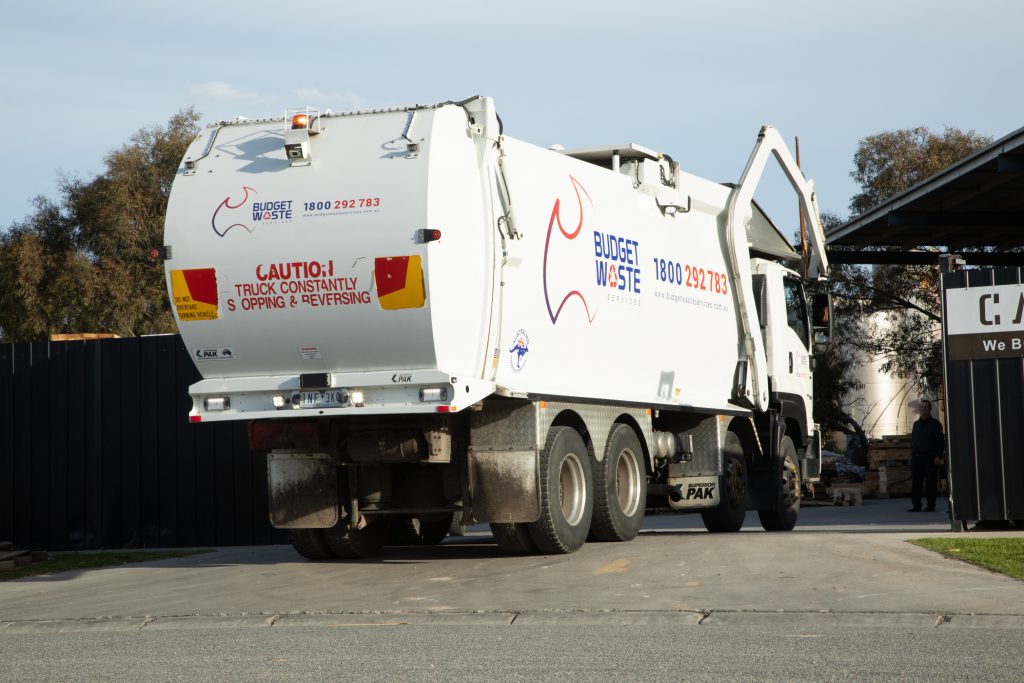 Custom-built or pre-bodied… which truck should you choose? We look at the pros and cons of each in this blog.
Custom-built or pre-bodied… which truck should you choose? We look at the pros and cons of each in this blog.

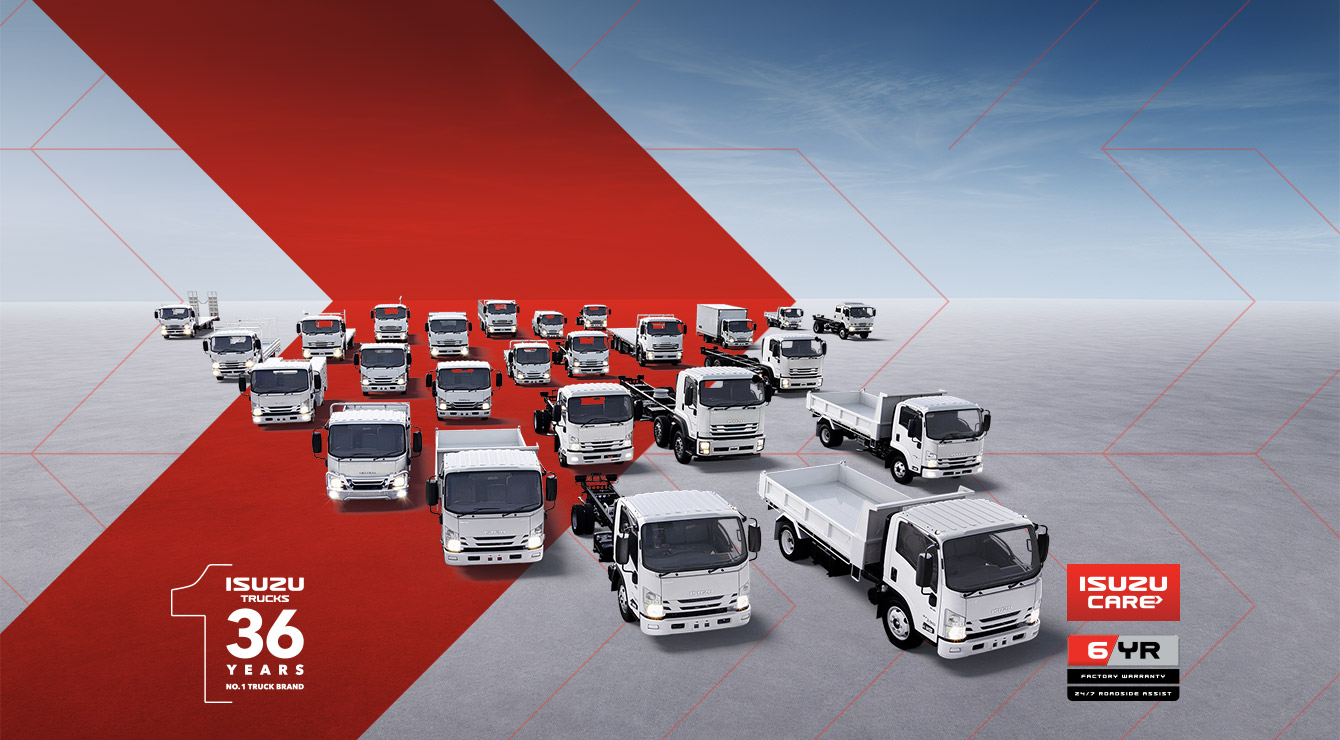
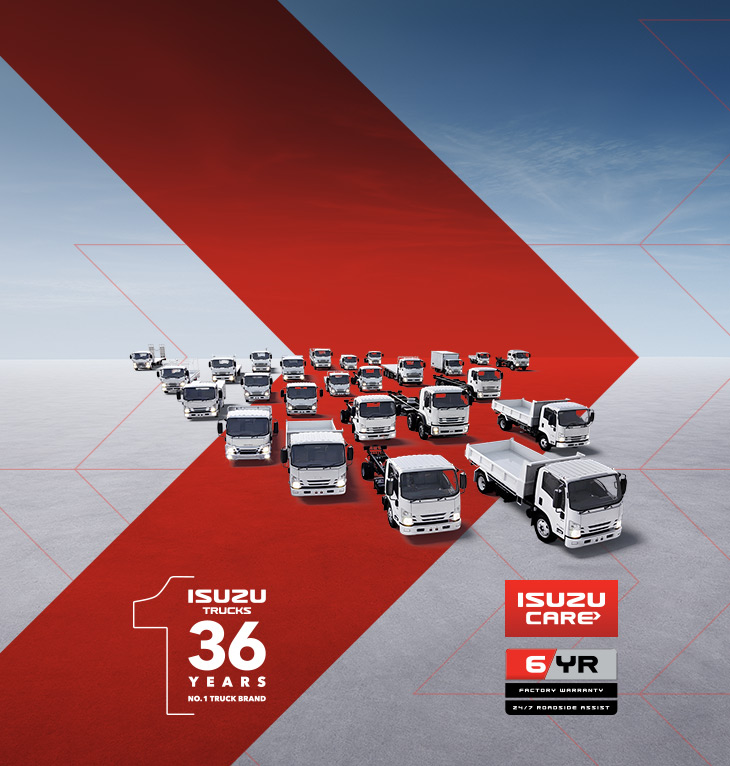
Lead the charge with Australia’s favourite truck.
2025 heralds Isuzu Trucks’ 36th year as market leader.* Number one in more than just sales, though, Isuzu Trucks has an unparalleled dealer support network, customer care program, truck range, and legendary reliability. To get behind the wheel of a winner, get into your nearest Isuzu Trucks Dealer now or visit isuzu.com.au
Learn More
